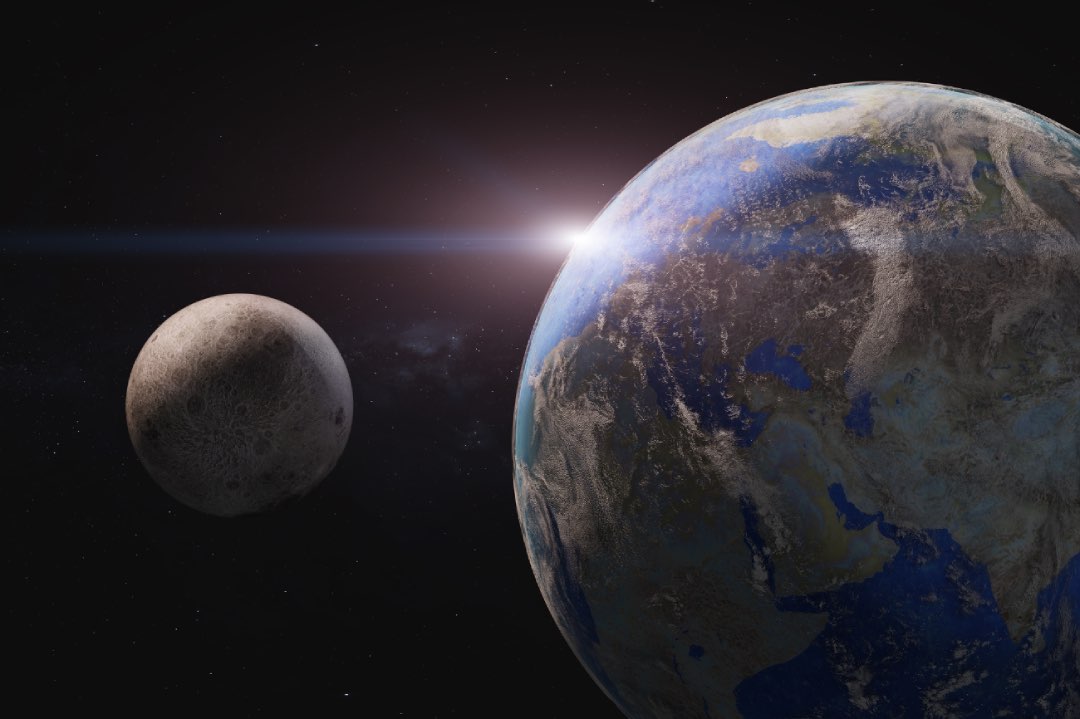The Moon is always there during the night; even when you can’t really see it, it is still there. However, will it always be there, or is there a chance that the Earth could lose its Moon? Well, scientists have actually found an answer to that question, and it is not as straightforward as you might think. Keep on reading to discover what will happen to Earth and our its little celestial friend!
Earth’s moon is drifting away!
When researching the effect of the Earth on the Moon, scientists discovered that it is actually drifting away from us. Don’t worry, it is not at an alarming rate…. yet. The Moon is drifting away at a rate of 3.8 cm a year. Tidal interactions cause the movement, as Earth’s rotation transfers Energy to the Moon and slowly pushes it into a wider Orbit!

Eventually, this can lead to a change in the relationship between Earth and the “giant space reflector”, where we would eventually feel the consequences of it drifting away from us. Even though it might not be an immediate problem, the Moon is more important than just reflecting light on Earth during the night. For example, the tides are also influenced by it, so if the moon disappears, the tides will shrink a lot, causing damage to the wildlife in the oceans. It could also lead to severe weather events, which could be harmful to humanity. While Earth may never entirely “lose” its Moon, this celestial partnership will inevitably evolve as cosmic forces continue their slow but steady work.
We Won’t Be Alive To See It Happening!
There is no need to stock up on your doomsday stash right away, as the Moon will not disappear any time soon. Scientists have given an estimate that it will take billions of years before it drifts far enough away to change its relationship with Earth. It is even more likely that the Sun will transform into a Red Giant, which will disrupt us, before the Moon leaves us forever.
